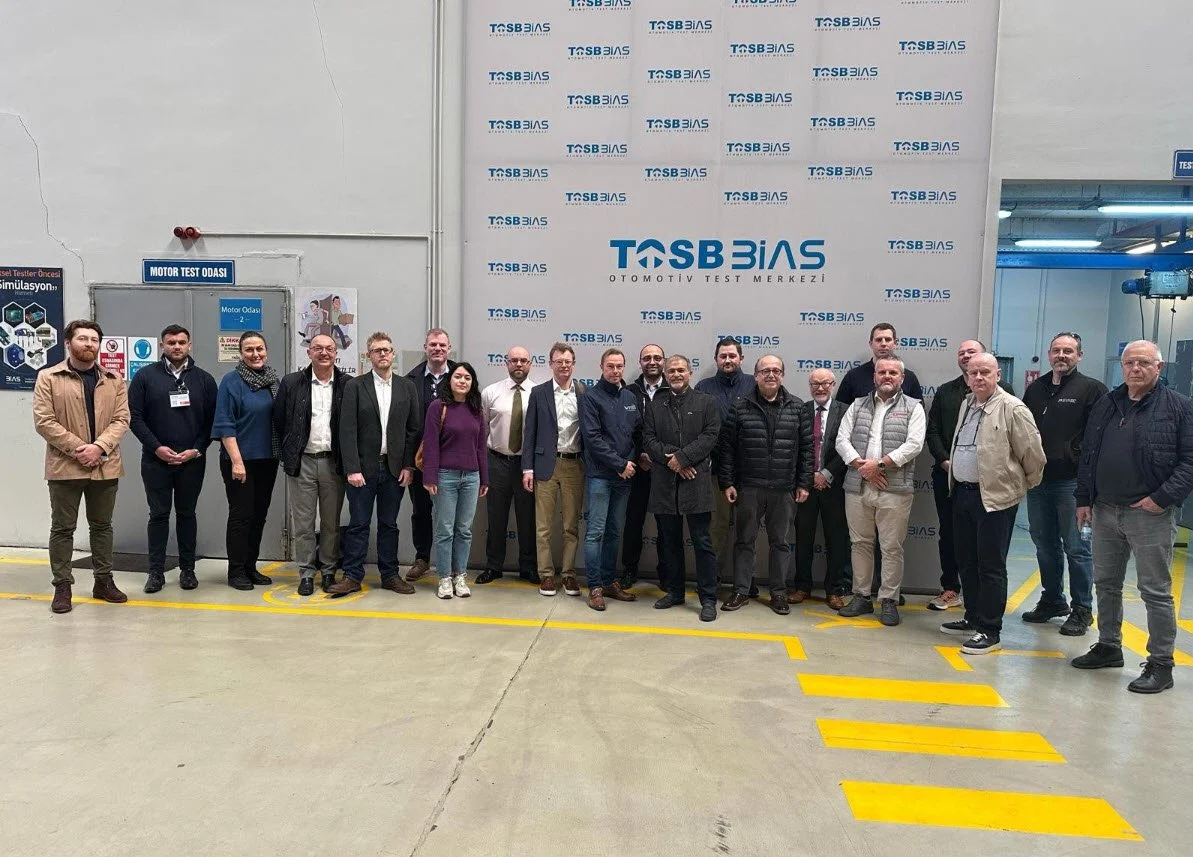
How to Analyse Automotive Test Data
How to analyse automotive test data. At Vehicle Testing Solutions (VTS), we help engineers turn complex logs and system behaviour into clear insight.


VTS First Automotive Testing Expo Stuttgart 2025
VTS First Automotive Testing Expo Stuttgart 2025

VTS Attends the 3rd UK Future Mobility Trade Mission in Türkiye
VTS Attends the 3rd UK Future Mobility Trade Mission in Türkiye

JLR Supplier Engagement Day-A Success
JLR Supplier Engagement Day-Vehicle Testing Solutions

